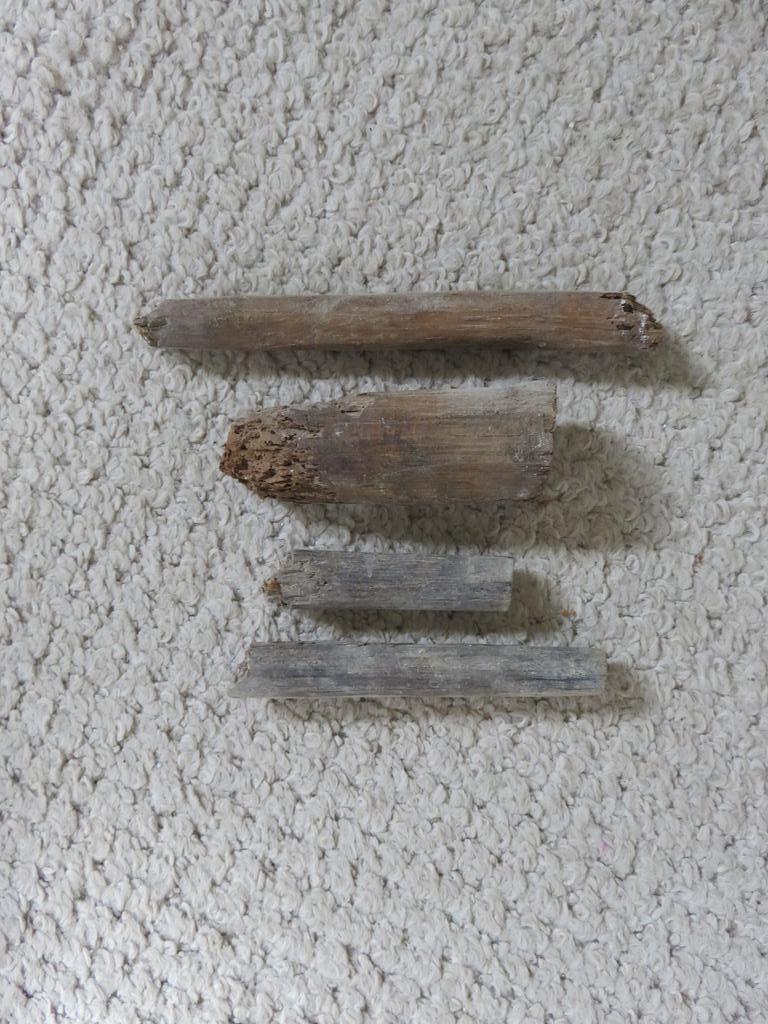I think this is it, I couldn’t get the drill holes close enough to meet, so the ¼” chisel is struggling to remove material going full width. I broke out the side using the 1” chisel, trying to remove the inside long wall of the mortise. They are sharp - 6000 whetstone.
I think if the pillar drill could make joined cuts, that is where the circles overlap, I could just clean the walls. I find the bit is drifting into the next hole. I’m using a hss bit because I find the wood bit finish is too rough. What would a good quality drill bit - or could I use a router bit and would it give a better cut?
I should have said the mortise width is 6.4mm not 7, should have specified. I’m using it to match the groove made with my axcaliber tongue and groove router bit set.








































